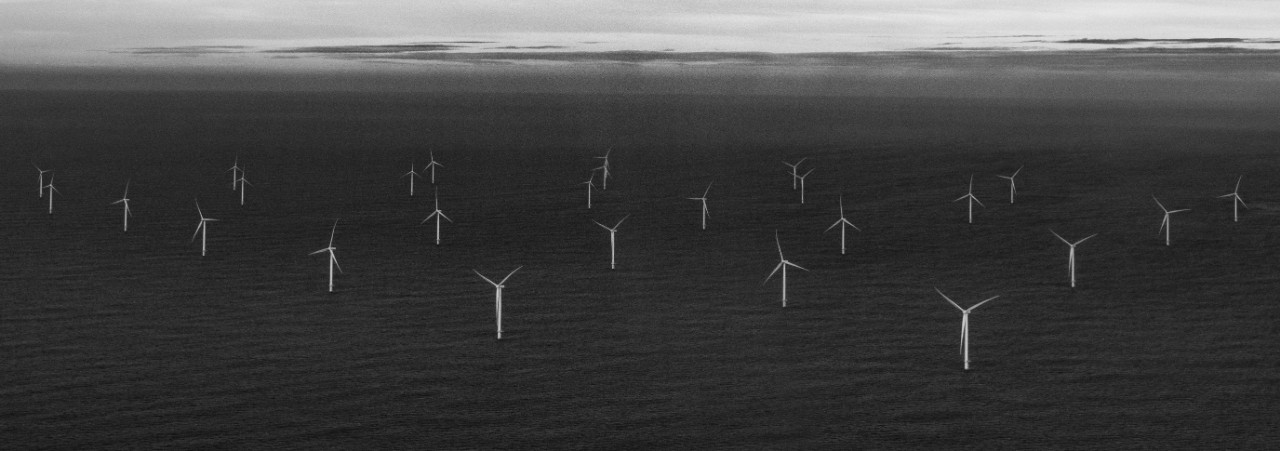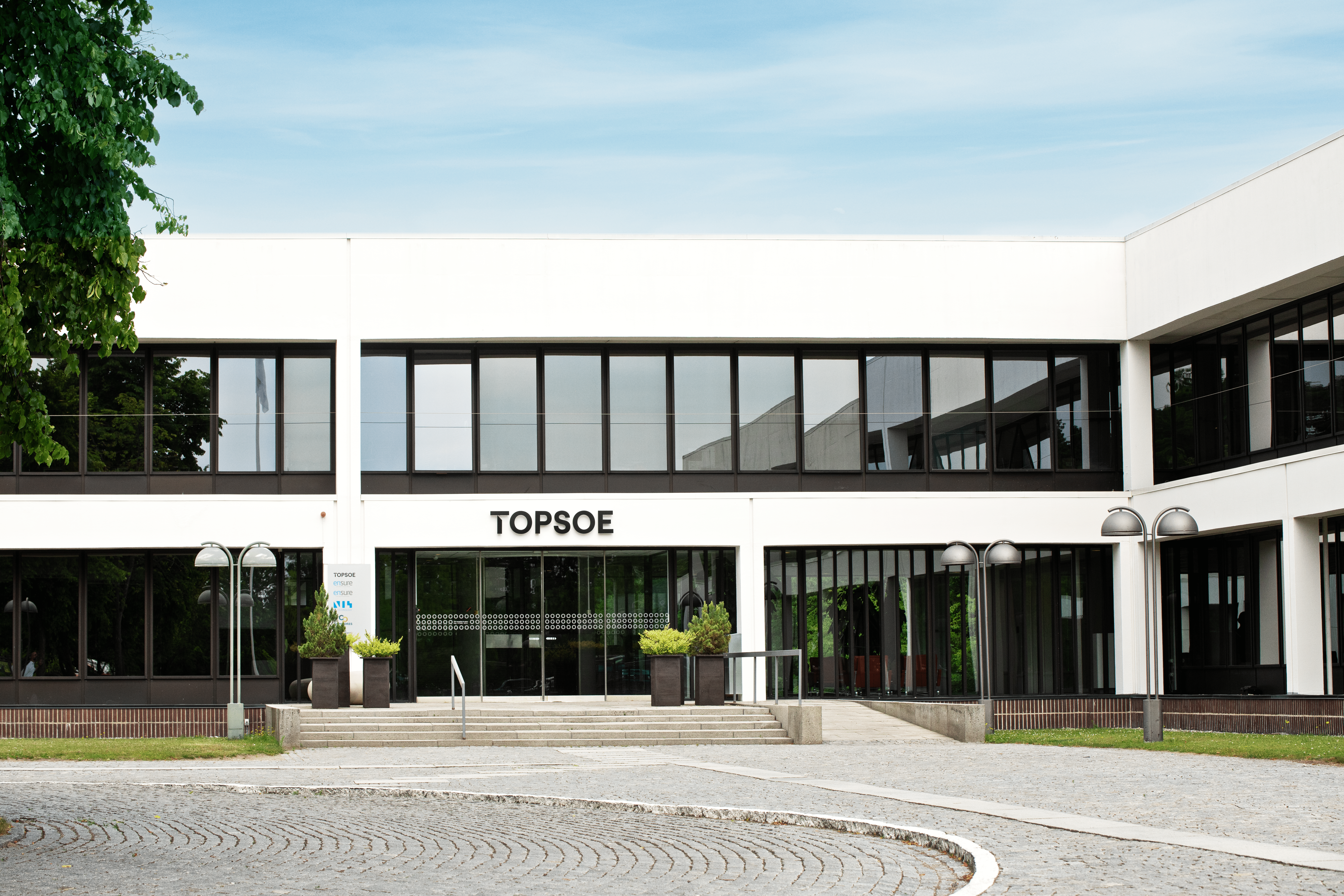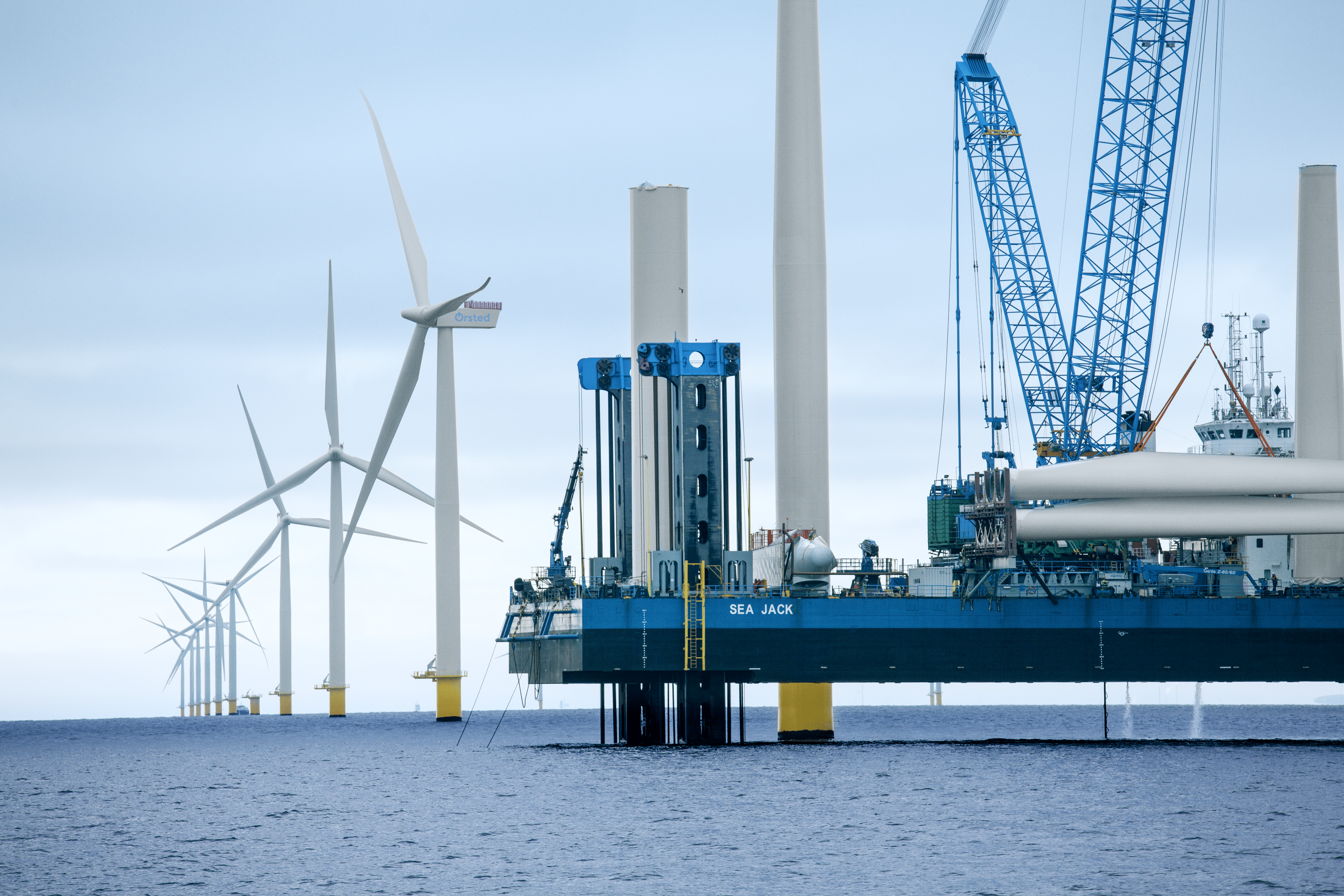News
Offshore wind
Wind energy
Wind farm planning and development
+1
North Sea wind power hub unveils solution for meeting climate goals


Partners in the consortium North Sea Wind Power Hub (NSWPH) recently presented the results of the project’s assessment phase. Over the last couple of months, the cross-border European consortium has been analysing the possibilities and necessary conditions for establishing one or more energy islands in the North Sea. To this end, the consortium has undertaken a range of investigations and possible scenarios, as well as in depth meetings with political decision makers, leading offshore wind farm developers and non-governmental organisations.
The goal of the NSWPH is to facilitate a large-scale rollout and integration of offshore windfarms situated deep in the North Sea at the lowest societal cost possible, while simultaneously maintaining security of supply during the transition to a sustainable energy system. The vision is based on an internationally coordinated rollout of so-called “hub-and-spoke” projects, combining offshore wind and linking them up to international energy markets via interconnectors and smart integration of the onshore electric grid, including the conversion of electrical power to gas (P2G). This approach will bring considerable economic and environmental policy benefits.
More specifically, the consortium’s investigations can furnish answers to meeting the Paris Agreement’s climate goals on time and respond to current energy and climate agreements in the Netherlands and Denmark, as well as to assist Germany in phasing out nuclear and coal power.
-Related solution: Finding your cheapest way to a low carbon future
Key results
- The proposed “hub-and-spoke”-concept is technically feasible
- A gradual rollout of 10 – 15 GW hubs is the logical next step towards a large expansion of offshore wind in the North Sea
- The initial Hub-and-Spoke project is likely be electrically connected to land, with additional power-to-gas to provide energy system flexibility. Such a project could be operational in the 2030s
- While it is likely possible to build a first Hub and Spoke project within the current regulatory framework and market design, i.e. current EU and national legislation, significant changes are required in national practices, approaches, planning and policies in order to allow for integrated infrastructure projects such as the modular hub concept being part of the long term energy transition
- The North Sea’s potential for offshore wind power means that the implementation of 180 gigawatts offshore wind can be achieved by 2045
- An international coordinated approach could connect and integrate large scale offshore wind more effectively and with significantly lower costs compared to status quo individual national planning
- Long term market security is needed for all stakeholders to invest and build-up the required supply chains
- Urgent agreements on developing sustainable energy from offshore wind after 2030 are needed
- Balanced decision making is required by policy makers and spatial planners to weigh the environmental impact of offshore wind farm developments against their techno-economic impact, and the urgency to meet the long-term climate goals
- Using power-to-gas conversion and transmission in combination with coupling with other sectors will bring benefits to the overall energy system
- International examinations and scenarios are in agreement that the current rollout pace of 2GW of offshore wind per year is insufficient in order to fulfil the goals stated in the Paris Agreement. To exploit the full potential it is necessary to install 7GW annually
The first “hub-and-spoke”-project
The consortium has examined the technical aspects regarding the first energy island’s design along with different transmission structures. The first “hub-and-spoke”-project is expected to have a capacity of 10-15 GW and will be ready in early the 2030s, mainly transmitting electricity from sea to land, given that large-scale ocean P2G is still unlikely to be technically feasible at that time. Following a tight time schedule, the first energy island will have to comply with current legislation and grid planning. With gradually decreasing costs and developing technology, future “hub-and-spoke”-projects are expected to include the conversion of electricity to hydrogen, thereby decreasing accumulated system costs, easing onshore integration with the electrical grid, increasing system flexibility and optimising socioeconomic gains.
By converting electricity into gas, transporting it to areas where there is high demand, bottlenecks in the electricity transmission grid will be resolved. This will reduce the risk of power outages by integrating varying renewable electricity production reducing the electricity transmission grid’s limitations.
The consortium will conduct additional analyses in order to quantify costs and advantages when linking the electricity transmission grid and the hydrogen transmission grid in regards to the integration of large-scale offshore wind energy from the North Sea.
-Related policy: Energy policy toolkit on system integration of wind power
Background information
The North Sea Wind Power Hub (NSWPH) supports the goals laid out in the Paris Agreement, including related obligations to reduce greenhouse gas emissions in the EU. The international consortium consisting of the Dutch-German TSO TenneT, the Danish TSO Energinet, European energy infrastructure company Gasunie and the Port of Rotterdam evaluates and develops technical concepts and solutions in order to supply the capacities needed to produce renewable energy at the lowest environmental and economic cost.
Source: Energinet
Photo credit: Nicholas Doherty, Unsplash















